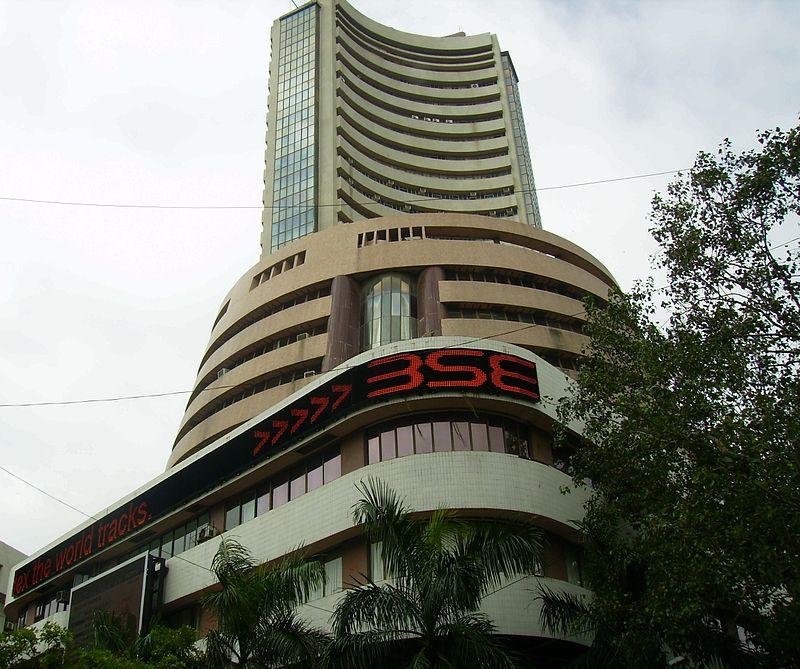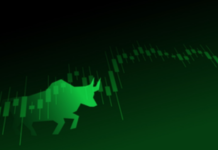New York– US stocks ended lower on Tuesday amid a batch of mixed data, including a slightly rising consumer spending last month, which pointed to the slowing of US economic growth.
The Dow Jones Industrial Average fell 23.33 points, or 0.09 per cent, to 27,198.02. The S&P 500 dropped 7.79 points, or 0.26 per cent, to 3,013.18. The Nasdaq Composite Index slid 19.71 points, or 0.24 per cent, to 8,273.61, the Xinhua news agency reported.
Six of the 11 primary S&P 500 sectors traded lower around market close, with the utilities sector down nearly 0.9 per cent, leading the losers.
Shares of Under Armour tumbled about 12.24, as the sports wearing manufacturer missed market forecasts for its second-quarter profit, despite its moderate quarterly revenue. The company also cut its revenue guidance for the year due to fierce competition.
Yet the market has been underpinned by robust corporate earnings for the second quarter. So far, half of all S&P 500 companies have reported second-quarter performance, among which 76 per cent beat profit forecasts, according to statistics by financial markets data provider Refinitiv.
On the economic front, personal consumption expenditures (PCE), a measure of household spending, were up 41 billion dollars in June, said a report of the US Department of Commerce.
The PCE price index increased 0.1 per cent month-on-month in June. Excluding the volatile food and energy prices, the core PCE price index increased 0.2 per cent.
Personal income in the United States increased $83.6 billion in June, while disposable personal income increased $69.7 billion, both 0.4 per cent higher month-on-month, said the report.
Consumer confidence rebounded in July, following a decrease in June, the Conference Board, a New York-based business research group reported on Tuesday.
The Conference Board Consumer Confidence Index now stands at 135.7, up from 124.3 in June. “Consumers are once again optimistic about current and prospective business and labor market conditions,” said Lynn Franco, Senior Director of Economic Indicators at The Conference Board, in a statement.
The high level of confidence would continue to support robust spending in the near-term, despite slower growth in GDP, according to Franco. (IANS)







